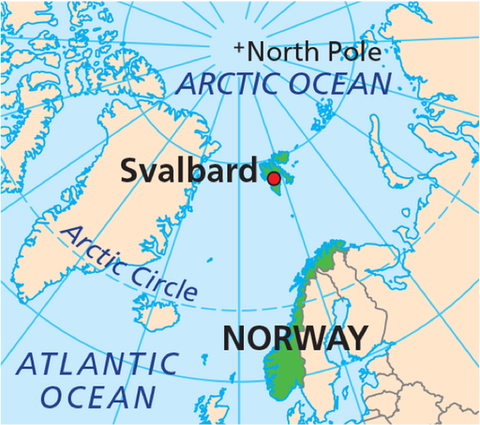BankingonSeeds
It’salittlelikewhenpeopleputtheirvaluablesinalockedsafetoprotectthem.Inthiscase,thevaluablesare seeds.
Worldwide,morethan1,700banksholdcollectionsoffoodcropsforsafekeeping.Yet,manyofthesearevulnerable.Theycouldbeexposedtonaturaldisastersorwar.Theycouldsufferfromlackoffunding,poormanagement,orevenlackofpower.Somethingassimpleasabrokenfreezercanruinanentire collection.
NotatSvalbard.Nootherseedbankprotectsitsseedsaswellasthisplace.Partlythat’sbecauseofthewayitwasconstructed.Thevaultisinsideamountain.Eveniftheairsystemweretofail,theseedswouldstaycoldforawhilebecausethevaultisunderground,packedinrockandice.Therockthatmakesupthemountainisgeologicallystable.Thevaultiswellabovesealevel,sothereislessdangerfrom flooding.
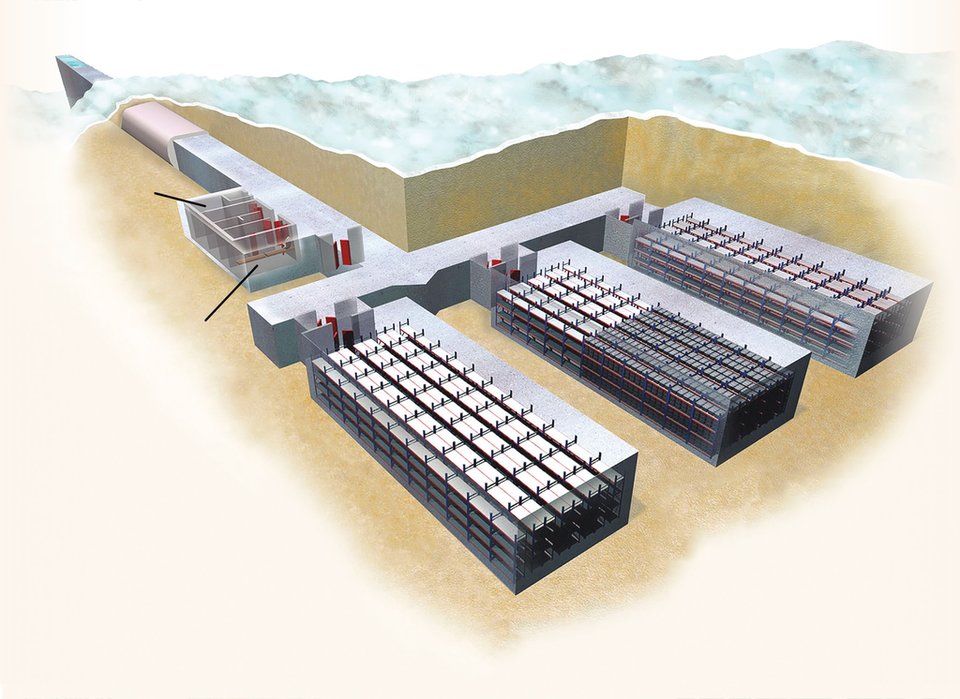
Dozensofshelvesineachvaultholdhundredsofboxescontainingseed packets.
vault entrance
control room
security doors
vaults
refrigerators
Here'showitworks:
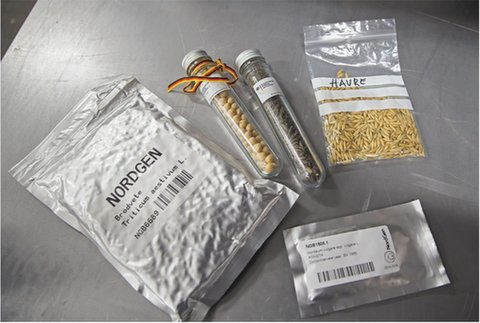
1
Seedsusedtobestoredinglasstubes.Nowtheyareputinfoilpackagesthatkeepoutmoistureandheat.Eachsamplecontainsabout500 seeds.
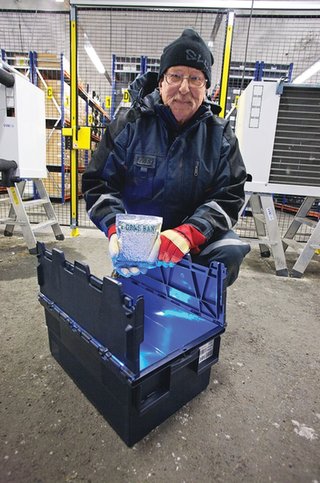
2
Seedpacketsarestoredinlabeledcrates,eachcodedtoitscountryof origin.

3
Cratesareshippedtotheseedvaultandstoredonshelves.Threetofourtimesayear,thevaultisopenedandnewseedsamplesarebrought inside.
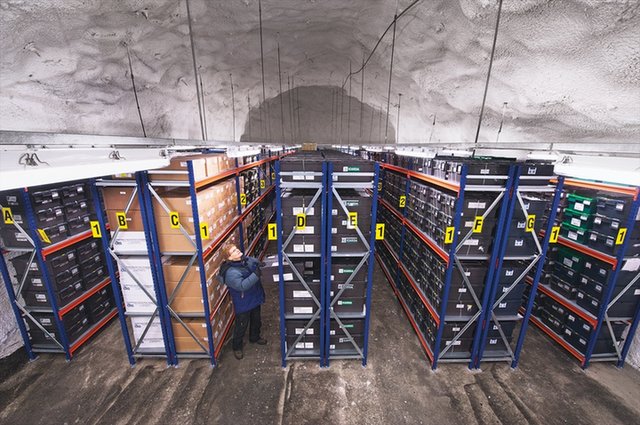
4
Thevaultisdesignedtostoreupto4.5millionseedsamples—that’satotalof2.25billionseeds.Sofar,thevaultholdsatleast1,059,646kindsofseedsandisusingonlyoneofitsthree rooms.
MakingaDeposit
ThevaultisownedbytheKingdomofNorway.AgroupcalledtheGlobalCropDiversityTrustkeepsthevaultrunningandsetsupseedshipmentsfromothercompaniesand countries.
Currently,thisvaultholdsthemostdiversecollectionoffoodcropseedsintheworld.SomecountrieslikeCanadaandIndiahavedepositedmorethan10,000differentvarietiesofseeds.Others,suchastheRepublicoftheCongo,havedepositedfewerthan100typesof seeds.
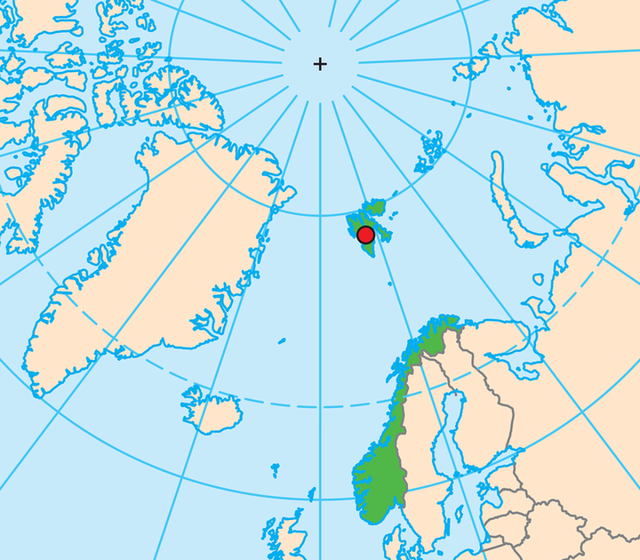
Svalbard
North Pole
Norway
Atlantic Ocean
Arctic Ocean
Arctic Circle
